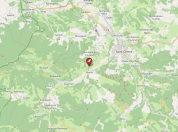Search
Filter by
Type
Tags
Dossiers
Themes
Departments
Active filters
1044 search results
Search results
-
Peerdsbos West
Metadata of the study site Peerdsbos West (PEW), Belgium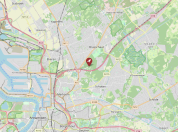
-
Peerdsbos
Metadata of the study site Peerdsbos (PEE), Belgium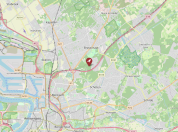
-
Oulu
Metadata of the study site Oulu (OUL), Finland
-
Oude Willem
Metadata of the study site Oude Willem (OWM), Netherlands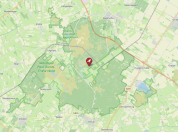
-
Oosterhout
Metadata of the study site Oosterhout (OOS), Netherlands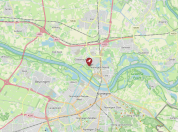
-
Okehampton
Metadata of the study site Okehampton (OKE), United Kingdom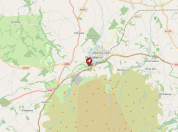
-
North Monomoy Island
Metadata of the study site North Monomoy Island (NMI), United States of America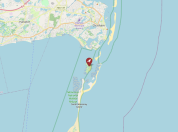
-
Muro
Metadata of the study site Muro (MUR), France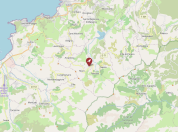
-
Murcia
Metadata of the study site Murcia (MRC), Spain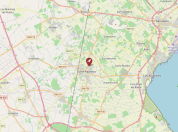
-
Moulis
Metadata of the study site Moulis (MOU), France